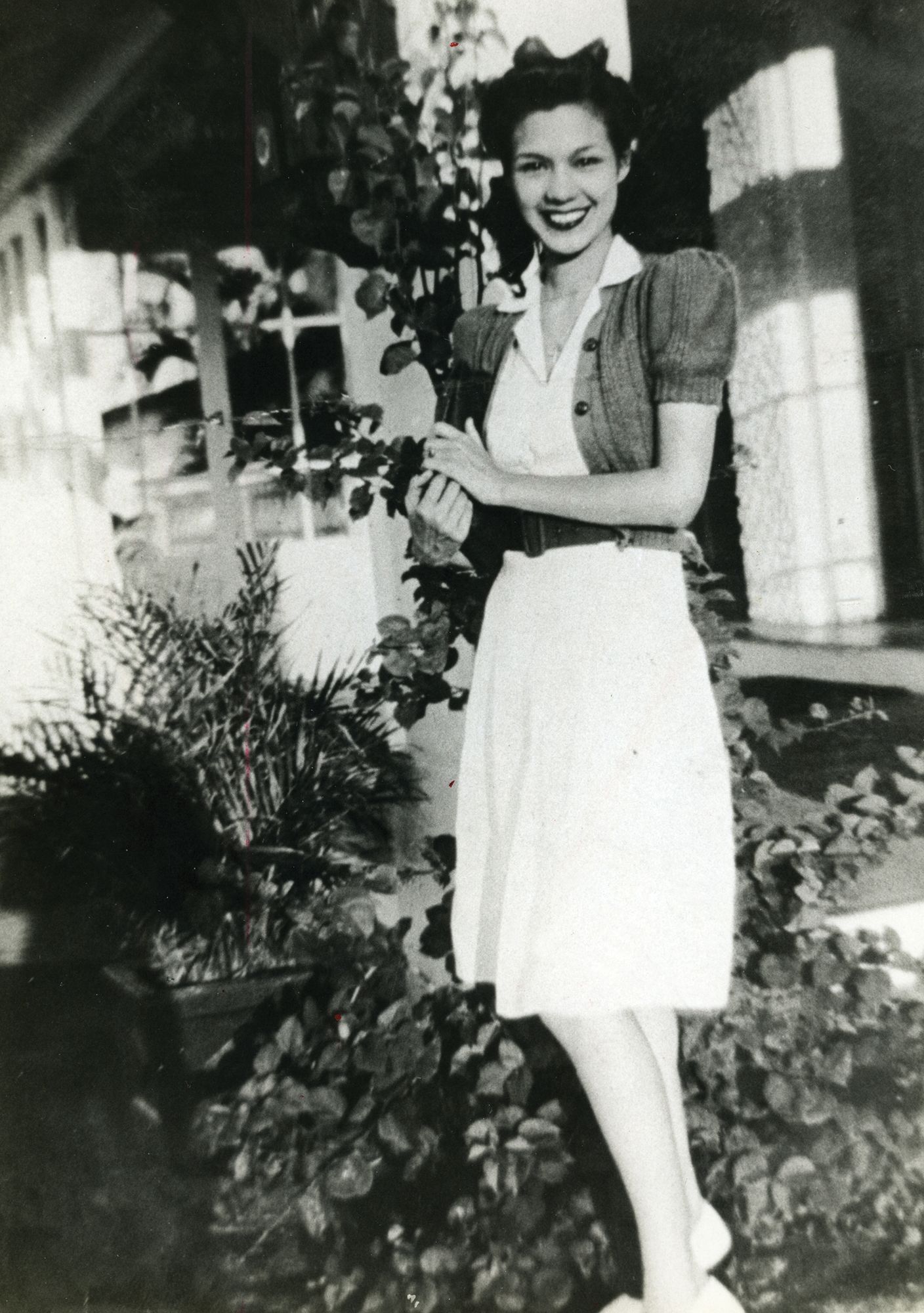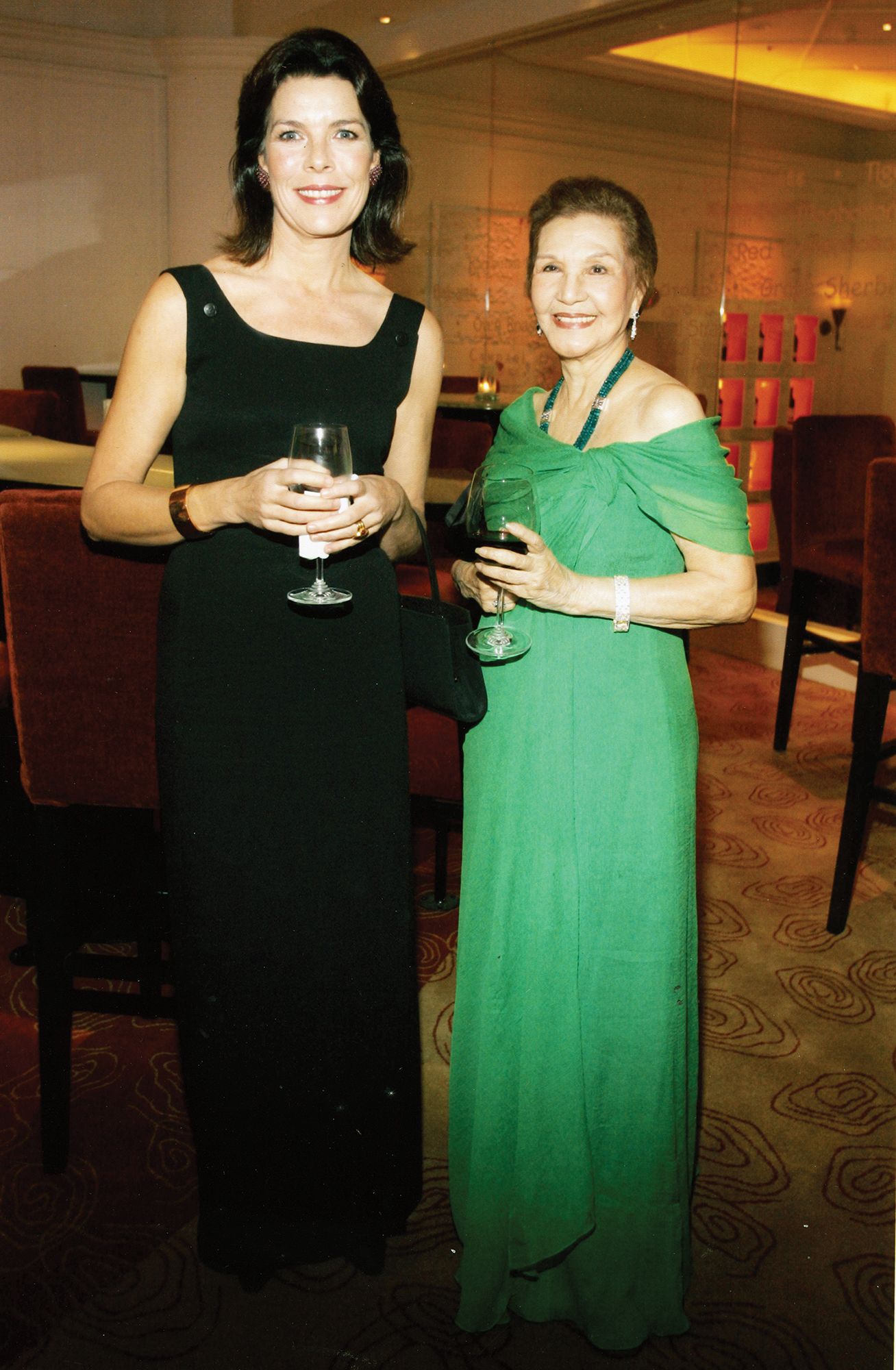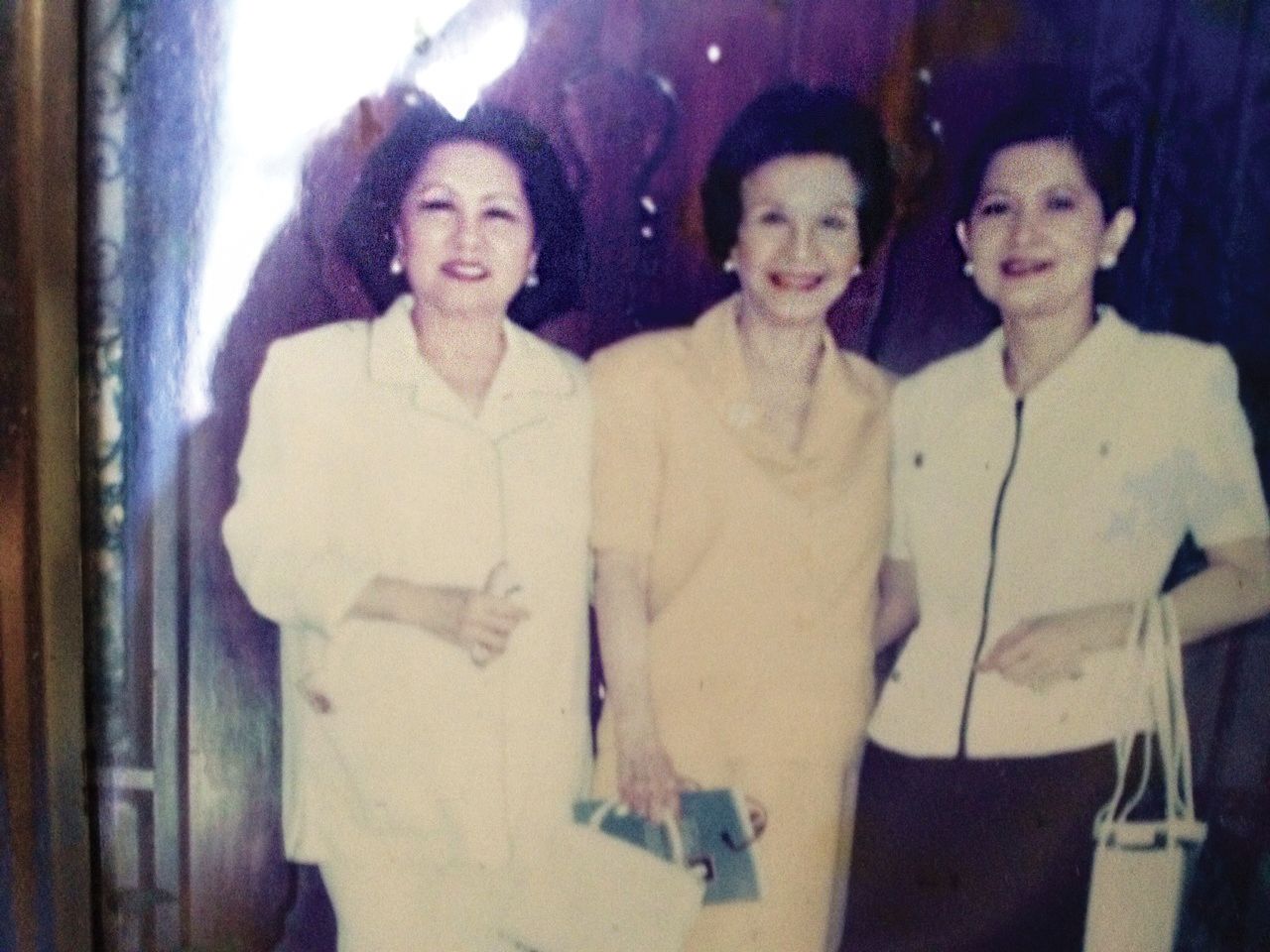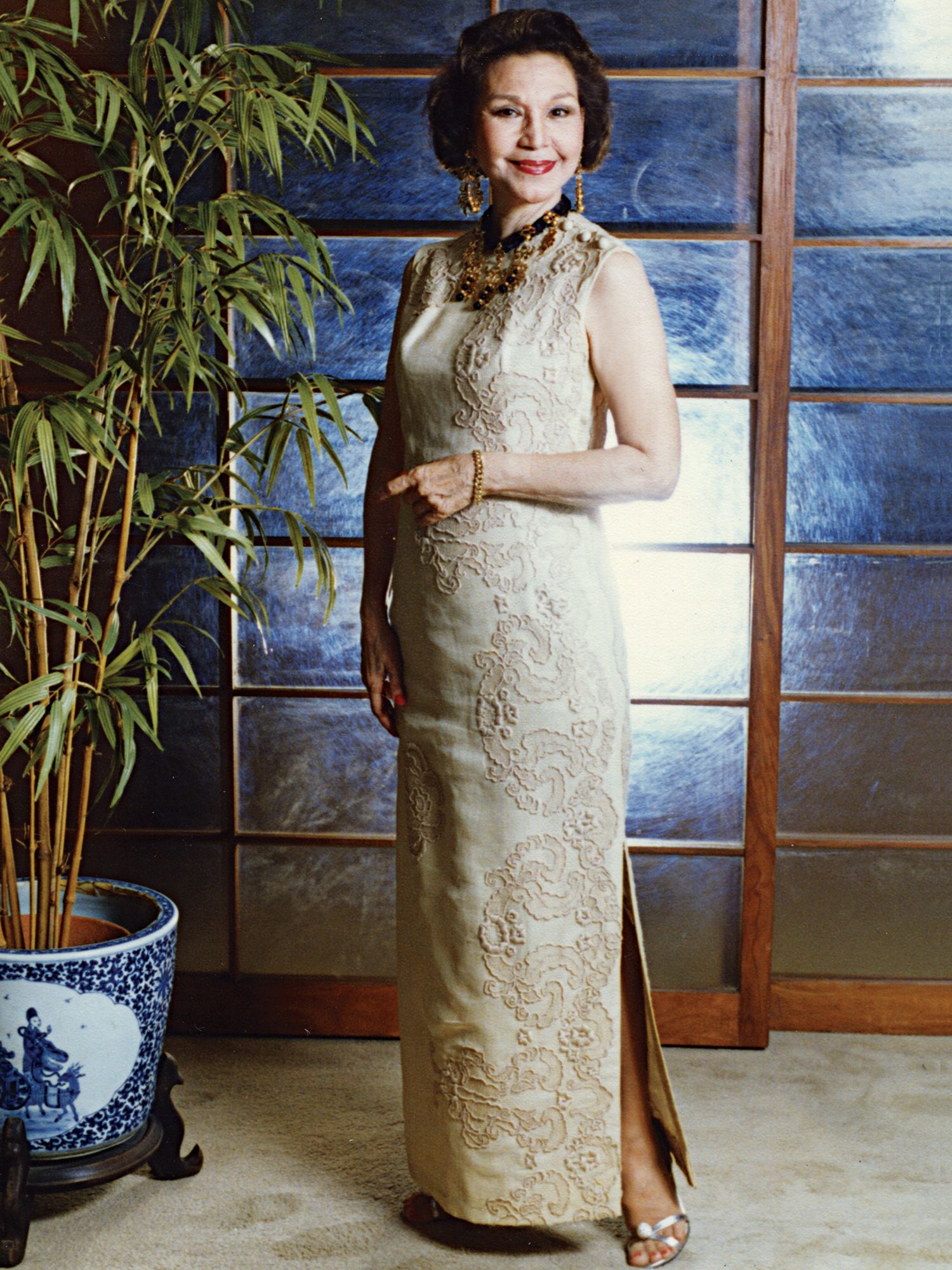She epitomised style, glamour, and etiquette; for this Mary Prieto was truly the quintessential society lady
This feature story was originally titled as An Icon Named Mary, and was published in the July 2013 issue of Tatler Philippines. Some information and photos first appeared in another story published on the February 2008 issue. Mary Prieto passed away last July 11, 2009, two months after her husband Leopoldo.
As a style icon, Mary Prieto influenced generations. Before World War II, she was the first actress in Philippine cinema to buck the conservative dress code by appearing in shorts and slacks. From the fifties to the seventies, she was a model and an admired socialite. From the eighties until the early 2000s, Prieto became known for her advice on fashion, etiquette, decorum, and, invariably, matters of the heart. In 2003 when she was 83, she appeared in a Bench campaign on its fashion for all ages. In her later years, she was admired for the generosity of her spirit. The wrinkles on her face were etched with experience, adding character to her chiselled features.

Maria Luisa Hernandez was born in San Francisco, California. Her father was a Filipino lawyer named Generoso Hernandez; her mother, a Mexican named Marina. Generoso moonlighted as a musician in jazz clubs in California, while Marina was hands-on in raising and shaping Mary. Later, the father took his small family back to the Philippines.
The Filipinos’ fascination for Caucasian-looking actors got the teenage Mary a job in the movies despite her American accent. She made her foray in the thirties when the local film industry was in its infancy. Parlatone, one of the top four film studios then, put Mary under intensive training in acting and image building. Honorata “Atang” dela Rama, the country’s first film actress who later became National Artist for Theatre, coached Mary on Tagalog intonations and inflections. Nonetheless, the dialogues weren’t too difficult since the scripts were tailor-made for the budding actress whose character was an immigrant from the United States.
SEE ALSO: The Glory and the Glamour: Reminiscing the Golden Years of Philippine Cinema


















